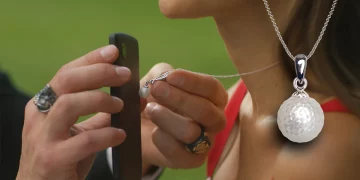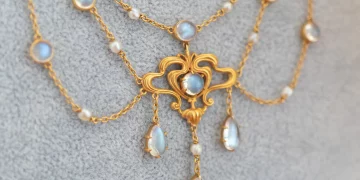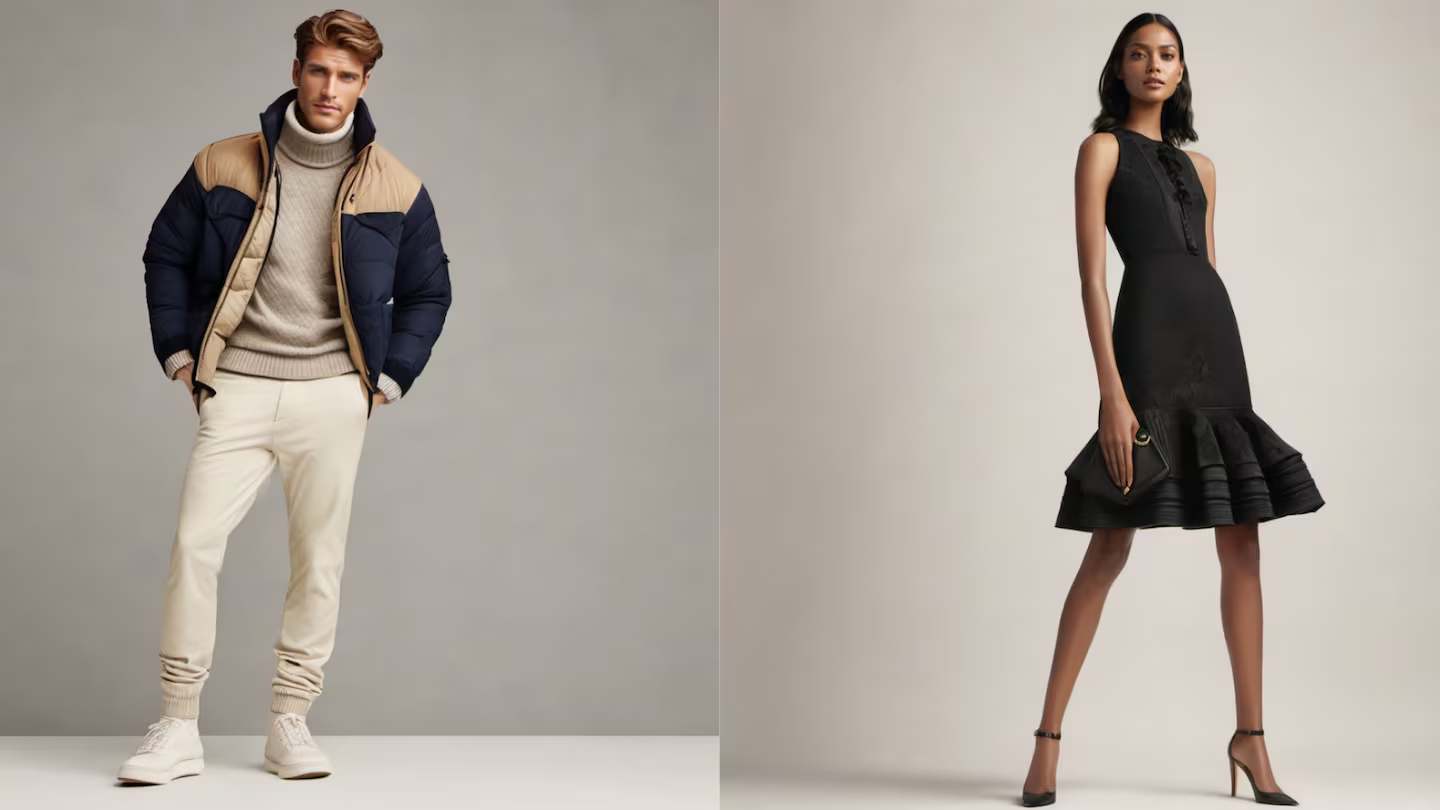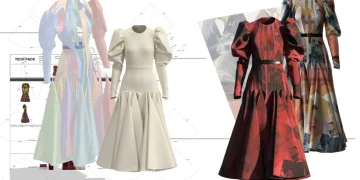The luxury jewelry market has undergone a dramatic transformation in recent years, driven by evolving consumer preferences, changing societal values, and the rise of new technologies. What was once primarily about wealth and status has now expanded into a realm where individuality, ethical practices, and personal connections with the jewelry pieces themselves have gained prominence. Understanding the current shifts in consumer taste in the luxury jewelry industry requires a deep dive into the values, priorities, and aspirations that define today’s high-end buyer.
In this article, we will explore the key factors driving these changes in taste, what luxury consumers value most when selecting jewelry, and how these evolving preferences are shaping the future of the industry.
1. The Evolution of Consumer Taste in Luxury Jewelry
Luxury jewelry has always represented more than just an accessory; it has been a symbol of status, a personal statement, and a legacy passed down through generations. However, over the past few decades, the tastes of luxury jewelry consumers have undergone profound changes, influenced by a combination of factors such as cultural shifts, technological advancements, and socioeconomic trends.
1.1 A Shift from Traditional to Contemporary Aesthetics
Historically, luxury jewelry was all about timelessness and classic designs—diamond rings, gold necklaces, and pearl earrings were standard, and their enduring appeal was deeply tied to traditional craftsmanship and the heritage of the brands that created them. However, as tastes evolve, consumers increasingly seek modern, innovative, and unique designs that reflect their personal style and the changing cultural climate.
- Minimalism has become a key trend, with many consumers gravitating toward clean lines, geometric shapes, and understated elegance. Chunky gold pieces, large gemstones, and bold statements are being replaced by more refined, subtle designs.
- Sculptural pieces and avant-garde jewelry are gaining popularity, appealing to consumers who value artistry and the creative process behind the design.
1.2 Personalization and Customization: A New Era of Individuality
One of the most significant shifts in consumer preferences is the growing demand for personalized and customized jewelry. Today’s consumers no longer want jewelry that looks like everyone else’s—they seek items that are unique and that reflect their own story or identity.
Brands like Tiffany & Co., Cartier, and Bvlgari are increasingly offering customization options where buyers can personalize their pieces, whether by engraving initials, selecting unique gemstones, or designing bespoke creations. The personal touch has become a strong selling point, as consumers wish to invest in jewelry that feels like it was made just for them.
1.3 Eco-Consciousness and Ethical Sourcing
As global awareness of sustainability grows, consumers are becoming more mindful of the environmental impact of their purchases. The luxury jewelry industry, historically criticized for its use of conflict diamonds and unsustainable mining practices, is now undergoing a significant shift toward ethical sourcing and responsible practices.
Today’s luxury jewelry consumers are placing increasing importance on eco-friendly alternatives. Lab-grown diamonds, ethically sourced gemstones, and recycled metals are all becoming more appealing to buyers who prioritize sustainability over tradition. For instance, brands like Chopard and Tiffany & Co. have made significant strides in adopting more sustainable practices, such as using responsibly mined gold or committing to conflict-free diamonds.
This desire for ethical luxury is particularly noticeable among younger buyers, who are not only concerned with quality and design but also with the social and environmental impact of their purchases.
2. What Do Luxury Jewelry Consumers Value Most Today?
As consumer tastes have evolved, so have the qualities that buyers prioritize when selecting jewelry. While quality and craftsmanship remain important, today’s luxury jewelry consumers are also influenced by emotional, social, and ethical factors. Below are the key considerations that now guide their purchasing decisions:
2.1 Timeless Value and Investment Potential
Although the taste for contemporary designs and personalization has grown, many luxury jewelry buyers continue to seek pieces that hold timeless value. Investment potential is a key consideration, especially for high-net-worth individuals (HNWIs) and collectors. Luxury jewelry, particularly pieces made from precious metals and rare gemstones, is often viewed as a store of value and a safe haven asset in times of economic uncertainty.
For instance, diamonds, fine watches, and certain vintage jewelry pieces continue to perform well in the secondary market—sometimes even appreciating in value over time. The concept of heirloom pieces—jewelry that is passed down through generations—also remains a powerful draw for many buyers.
2.2 Heritage, Craftsmanship, and Brand Legacy
While new trends are emerging, many consumers still place significant value on the heritage and craftsmanship associated with luxury jewelry brands. Renowned names like Cartier, Van Cleef & Arpels, Tiffany & Co., and Bvlgari continue to attract buyers due to their long-standing reputations for creating jewelry that is not only visually stunning but also crafted with extraordinary care and attention to detail.
For consumers, owning a piece from a heritage brand is not only about owning a luxury product but about being part of a tradition—a symbol of quality, authenticity, and exclusivity. This emotional connection to brand legacy remains a driving force in many purchasing decisions.
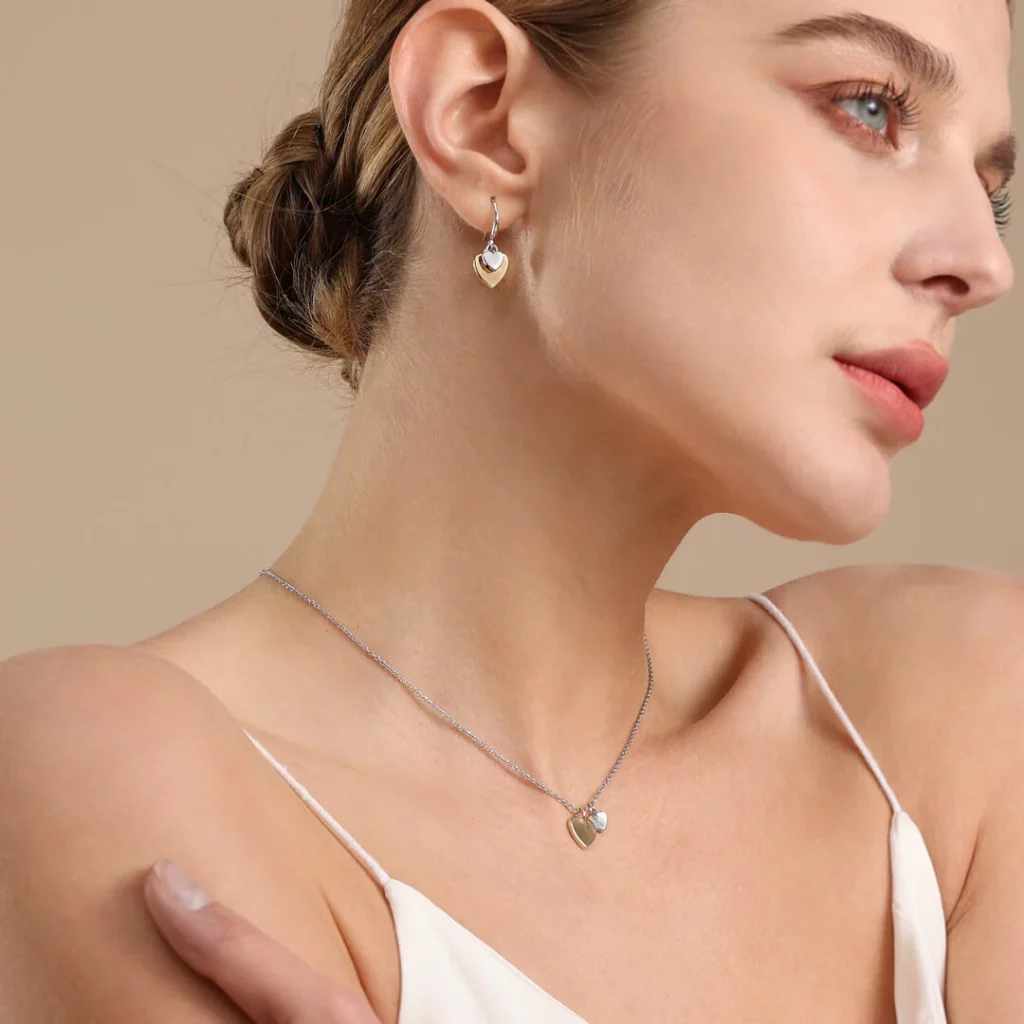
2.3 Uniqueness and Self-Expression
Today’s luxury jewelry consumers value individuality more than ever before. Jewelry is increasingly seen as a form of self-expression—a way to reflect one’s personal style, beliefs, or life experiences. Buyers are drawn to pieces that resonate with their identity and that they feel a personal connection to.
- Custom-made pieces are highly sought after, as consumers want designs that are distinct and tailored to their preferences.
- Unconventional gemstones, vintage finds, and bold designs allow consumers to create a look that is personal and unique, breaking away from traditional expectations and embracing individualism.
- Personalized engravings or birthstones are popular choices for those who wish to memorialize special moments, such as birthdays, anniversaries, or achievements.
2.4 Transparency and Ethical Practices
With increased access to information, today’s consumers are more informed and conscious about where and how their jewelry is made. They are increasingly seeking brands that demonstrate transparency in their supply chains and that adhere to ethical practices.
- The rise of lab-grown diamonds as a more ethical and sustainable alternative to mined diamonds reflects this growing demand for transparency and social responsibility.
- Brands that disclose their sourcing practices, adhere to Fair Trade principles, and ensure sustainable production are gaining the trust and loyalty of a new generation of consumers.
2.5 Technological Integration and Virtual Shopping
As digital platforms become more integrated into consumer lifestyles, online shopping for luxury jewelry has become more accessible. Many brands are embracing technological innovation to enhance the consumer experience. Virtual try-ons, augmented reality (AR) tools, and customization features are becoming increasingly popular, allowing customers to see how jewelry pieces look on their skin and personalize designs before making a purchase.
Moreover, social media—particularly platforms like Instagram, TikTok, and Pinterest—have become powerful tools for trendsetting and brand discovery. Consumers are more likely to purchase jewelry based on recommendations from influencers or because they’ve seen a piece featured on social media.
3. Conclusion: The New Face of Luxury Jewelry Consumers
The tastes of luxury jewelry consumers have evolved significantly, influenced by a broader shift in consumer values, lifestyle choices, and cultural preferences. Today’s buyers are no longer solely motivated by the desire to flaunt wealth; they seek pieces that reflect their individuality, align with their ethical values, and offer timeless value.
Key trends shaping consumer preferences in the luxury jewelry sector include an increased emphasis on personalization, a desire for sustainable and ethical sourcing, and an interest in modern designs that break away from traditional norms. While heritage, craftsmanship, and brand legacy remain crucial, today’s consumers are more discerning than ever, making purchasing decisions based on a combination of factors that go beyond just aesthetics.
As the industry continues to adapt to these evolving demands, it’s clear that the future of luxury jewelry will be defined by a delicate balance of tradition and innovation, where authenticity, uniqueness, and sustainability are at the forefront. For luxury jewelry brands, staying attuned to these shifting preferences and values will be essential in maintaining their relevance and appeal to the next generation of consumers.




